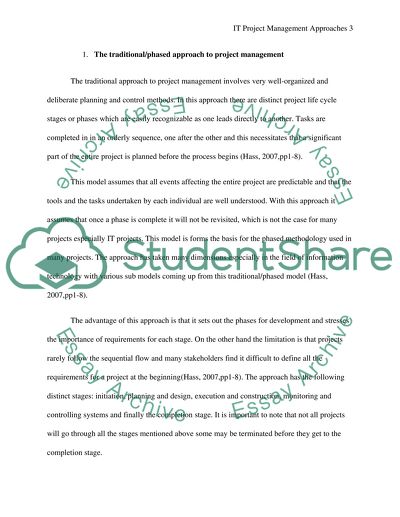Cite this document
(“IT Project Management Approaches Coursework Example | Topics and Well Written Essays - 1500 words”, n.d.)
IT Project Management Approaches Coursework Example | Topics and Well Written Essays - 1500 words. Retrieved from https://studentshare.org/information-technology/1434205-it-project-management
IT Project Management Approaches Coursework Example | Topics and Well Written Essays - 1500 words. Retrieved from https://studentshare.org/information-technology/1434205-it-project-management
(IT Project Management Approaches Coursework Example | Topics and Well Written Essays - 1500 Words)
IT Project Management Approaches Coursework Example | Topics and Well Written Essays - 1500 Words. https://studentshare.org/information-technology/1434205-it-project-management.
IT Project Management Approaches Coursework Example | Topics and Well Written Essays - 1500 Words. https://studentshare.org/information-technology/1434205-it-project-management.
“IT Project Management Approaches Coursework Example | Topics and Well Written Essays - 1500 Words”, n.d. https://studentshare.org/information-technology/1434205-it-project-management.


